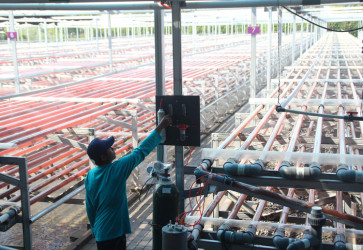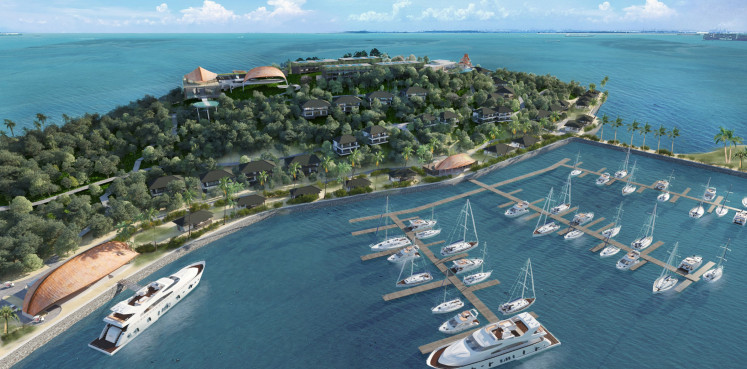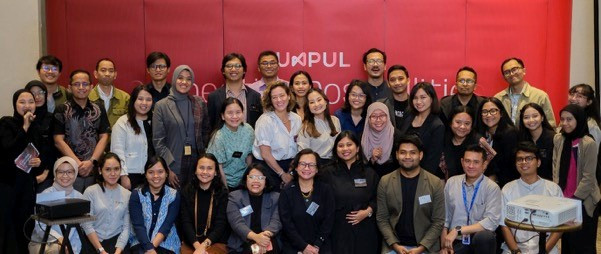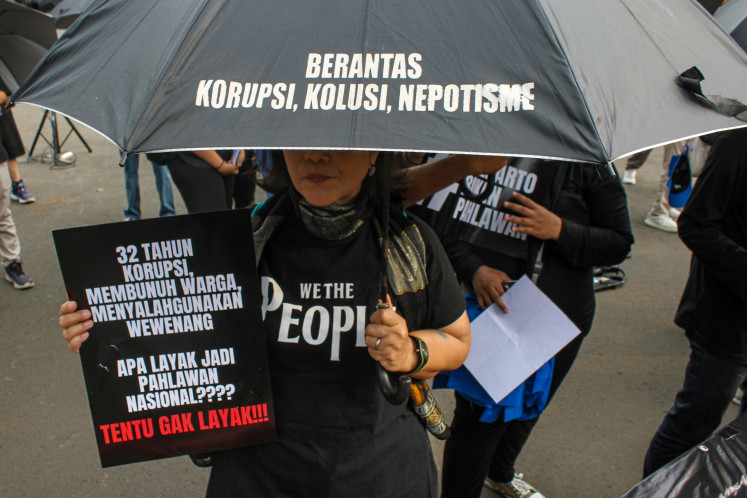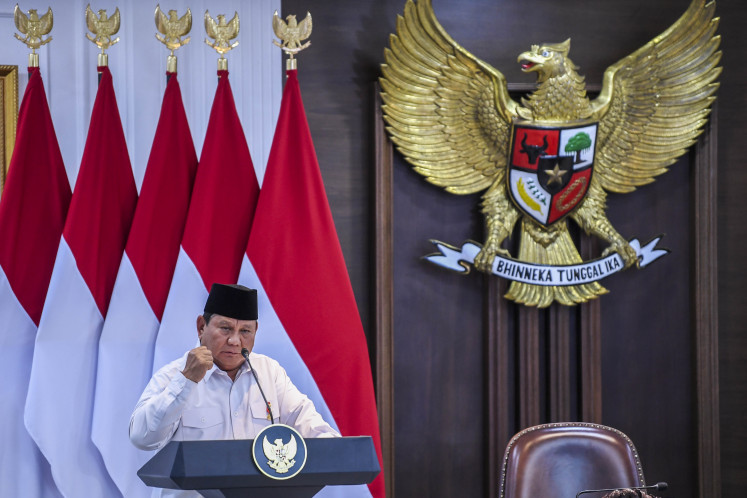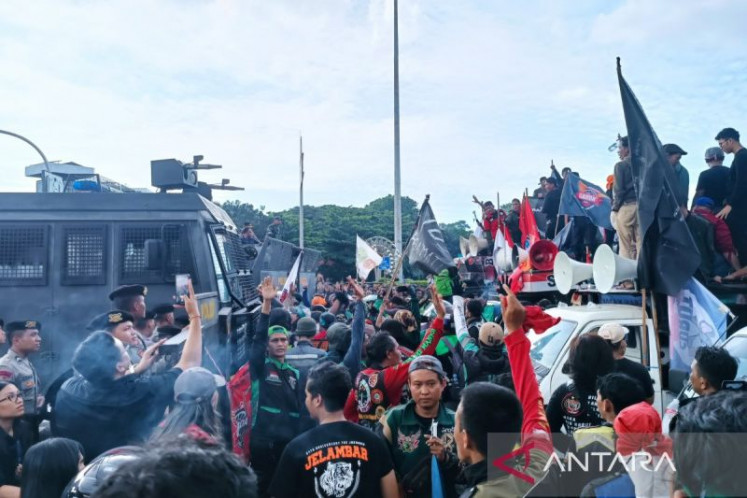From romantic beaches to natural panorama, Korea has it all
Change text size
Gift Premium Articles
to Anyone
 Jeonju Hanok Village (Courtesy of KTO)
Jeonju Hanok Village (Courtesy of KTO)
If you are planning ahead for your next vacation after the pandemic, South Korea encapsulates a diverse range of attractions.
From spending romantic evenings relaxing back while sipping a glass of wine to localized K-cuisine classes to vigorous adventures in the great outdoors, there is almost nothing you cannot do in your travels here.
South Korea is highlighting several tourism sites in the country where travelers can indulge in their wide variety of interests within just one trip. The highlighted sites are part of South Korea’s “glocal” tourism promotion effort.
The term “glocal” blends the words global and local, referring to an effort to globalize a country’s regional culture, highlighting popular and familiar parts of a country while also revealing some hidden gems, showcasing several off-the-beaten-track destinations, to surprise tourists.
This fine balance between offering tourists familiar treats that have attracted them to South Korea in the first place along with some delightful new discoveries of the glocal approach is exactly what the Korean Tourism Agency seeks to highlight.
The Jeollanam-do, Jeollabuk-do and Gangwon-do areas are part of its glocal tourism campaign. Let us explore these regions one by one.
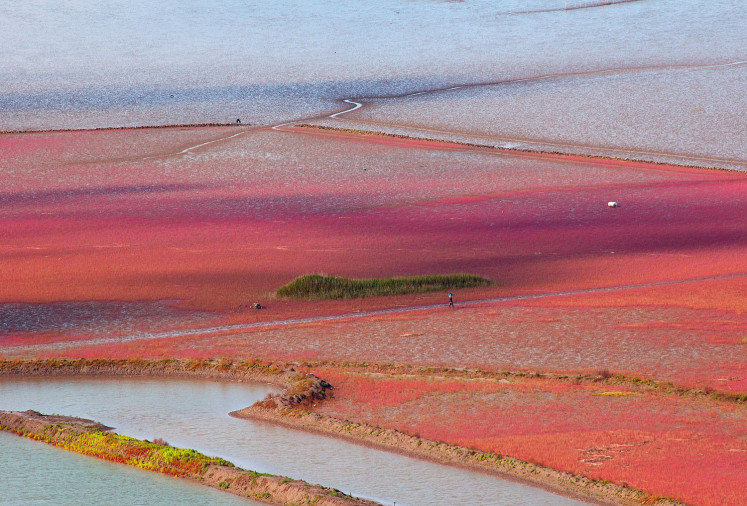
First of all, there is the tranquility and calmness of the Jeollanam-do area. It is most famous for its Yeosu beaches, where nighttime scenery has been depicted in many Korean songs – containing lyrics referencing the beach as a spot for lovers to whisper sweet nothings to each other along the beach.
The beach has a romantic magnetism: Its stillwaters and the beautiful lights illuminating the sea will work together to make all lovers’ hearts flutter. The Big O Show at the Expo Ocean Park, furthermore, is the only fountain show of its kind in the world. The show paints the sky with fantastic fireworks, transforming it into a watercolor painting.
On another side of the Ocean Park, you can sit down at the Nangman Pocha, where you can slowly sip a delicious beverage while admiring the ocean’s nighttime view, where time stands still.
Meanwhile, Suncheon is the city with the most beautiful Korean natural landscape to behold. The sunsets with fields of reeds that stand slightly taller than you or me in the Suncheonman Wetland Reserve offer the most picturesque landscape nature can offer.
Its bay national garden, meanwhile, is where you can see perfect harmony among human and nature at play, displaying diverse garden styles brought in from all over the world. While you are here, make sure you try their tasty treats as they are hard to come by in Seoul. These unmissable set treats include Namdo Hanjeongsik, Tteokglabi and Seodaehoe Muchim.
Now that we are talking about food, it is a great segue to talk about the city of Jeonju, which is also located within the Jeollabuk-do area. Why? Upon hearing you mentioning the city’s name, any Korean will give you two thumbs up and tell you that the city has the best food in the country.
The city’s Nambu Market, specifically, is the main traditional market where you can find most of the best restaurants. At night, Nambu opens their night market, where it continues to sell lots of amazing food at really great places. A must-visit place is the Jeonju Makgeolli Alley.
Furthermore, restaurants in the alley serve a generous helping of delicious traditional Korean rice wine, called the makgeolli, along with dishes to complement it. If you are interested to try and cook some Korean food yourself, then you should sign up for a Jeonju Food Cooking Class.
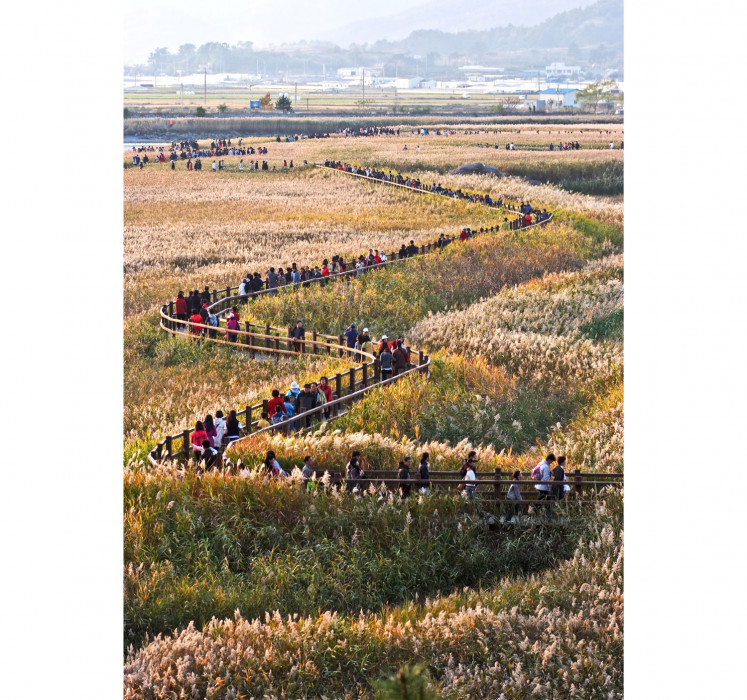
Wanju, a small neighboring city of Jeonju, has food that is just as delicious as Jeonju’s. Also located within the Jeollabuk-do area, the city is popular among Koreans for having food alleys serving healthy and locally-sourced food. The small city even holds the Wanju Wild Food Festival each year, where many travelers seek a relaxing retreat surrounded by pristine landscape while having a picnic with an abundance of delicious foods.
Well, for those who are into outdoor sports, Korea highlights its Gangwon-do region. Yes, you get it right: that was where the 2018 Pyeongchang Winter Olympics were held. The region has lots of mountains and come wintertime, lots of snow.
For those who have always fantasized about skiing in the snow, the place also has several world-class ski resorts which have also been home to longtime skiing maniacs and winter sports enthusiasts who, driven by their passion, have never failed to visit the region annually.
Gangwon-do also has a unique topography surrounded by very high mountains with flowing rivers and old historical ruins running through the mountain valleys. The area is full of things you won’t get to see in the middle of a busy city.
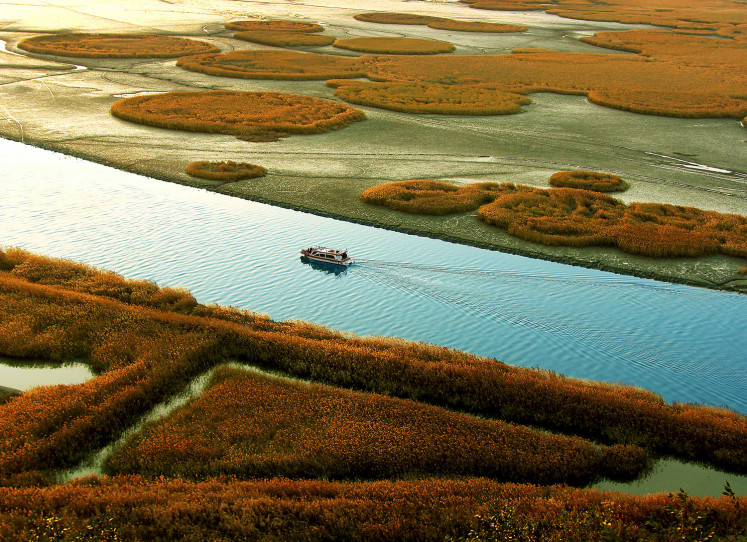
The region has three main attractions: Pyeongchang, the Mecca of winter sports; Gangneung, the city of relaxation and Jeongseon, where the most popular South Korean traditional folk songs, like “Arirang” were penned. Every city of Gangwon-do has their own distinct flare, so if you are someone looking for a completely new side of Korea, one that is completely different from the one you are already familiar with now, Gangwon-do is a great place to start.
Needless to say, after postponing your travel plans for months on end, South Korea can be a great destination to kickstart your love for traveling again, to truly experience a place wholly.


